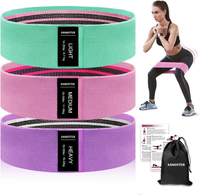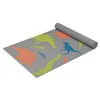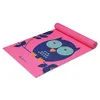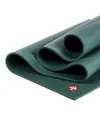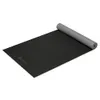Pilates instructor says this standing resistance band workout will strengthen every major muscle in 25 minutes
All you need is a looped resistance band and a therapy band to get started
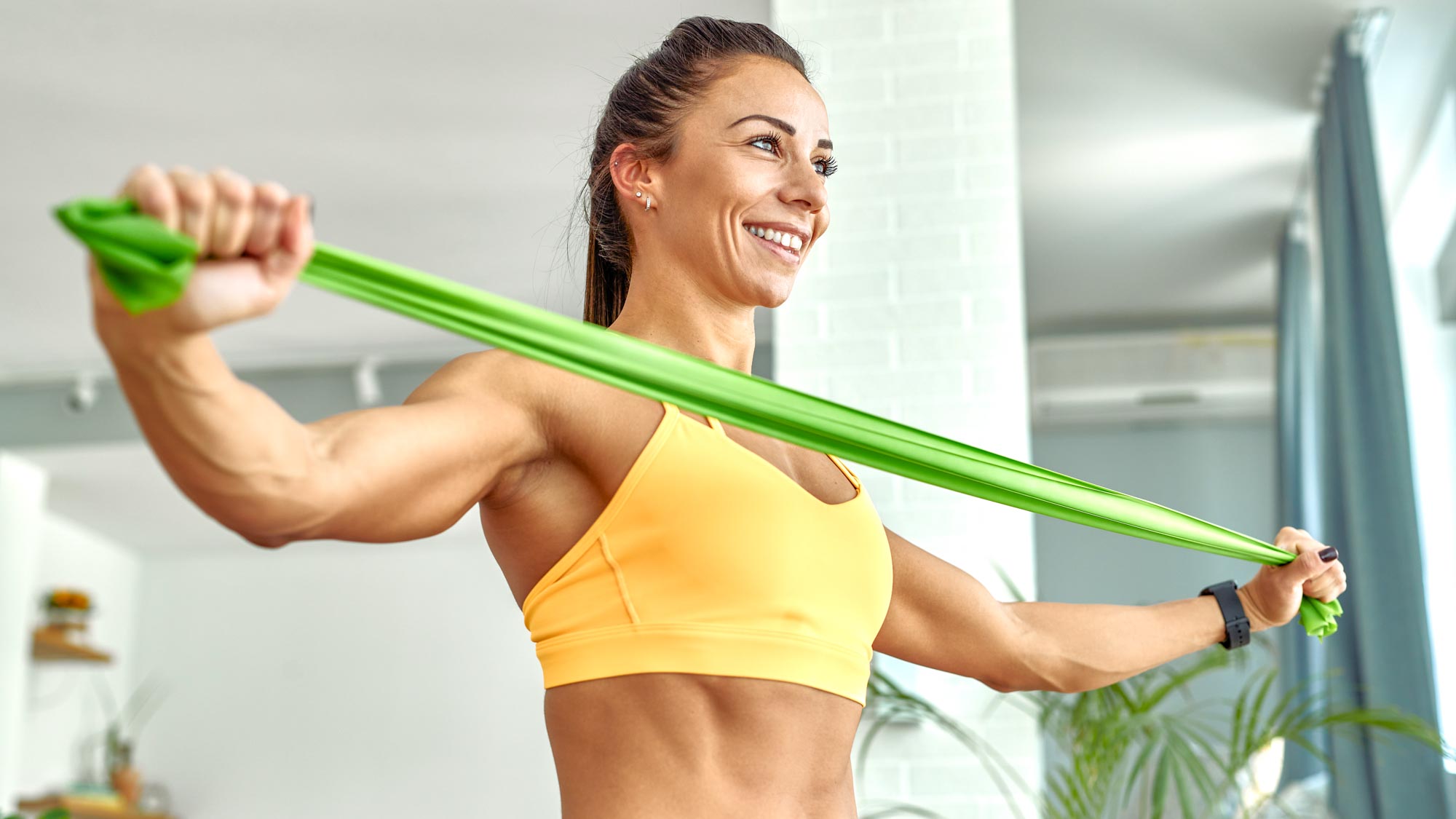
Conventional strength training with free weights can help you build strength, grow muscle, and activate your core. But weights aren’t the only way to help you achieve those gains.
Resistance bands — the large elastic bands that come in various strengths and styles, from looped options to long bands — are an affordable and space-saving alternative to weights. The best resistance bands come in packs with varying strengths so you can increase the resistance depending on the exercise you’re performing and as you get stronger.
One expert who swears by these stretchy pieces of material is certified fitness instructor and Pilates pro, Beth Sandlin, who’s pulled together a 25-minute Pilates-style resistance band workout that promises to strengthen every major muscle in your body. If that sounds like your kind of workout, grab a looped resistance band and a therapy band, roll out your yoga mat and get those endorphins flowing.
KANGFITER Fabric Resistance Bands: was $19 now $9 @ Amazon
This set of bands offers premium quality for a small price. The bands are comprised of a fabric and elastic latex interweave technology to help the bands from slipping during workouts. There are three levels of resistances offered in the set comes with a carrying bag for them. They are all yours for half price at Amazon right now.
How to do this 25-minute resistance band workout
One of the best things about this 25-minute session is the fact it’s a standing workout. Standing workouts recruit the use of more muscles to help keep you upright while performing each move. This means this standing session will help boost your stability, enhance balance, and level up your functional strength at the same time.
The full body workout is split into four distinct sections. The first 10 minutes of this workout is a warm up and will see you focus on increasing body awareness, finding your stable base of support (i.e. engaging your core) and focusing on your breath.
You’ll be doing a mixture of standing exercises designed to wake up your body. From arm circles and heel lifts to bending exercises with resistance bands that will test your coordination and balance.
Warm-up complete, you’ll then work into an arm exercise routine with a mix of shoulder presses, bicep curls and tricep pulls using a therapy band, placing one end of the band beneath your foot and the other in your hand.
Sign up to get the BEST of Tom's Guide direct to your inbox.
Get instant access to breaking news, the hottest reviews, great deals and helpful tips.
The shorter you make the therapy band, the more resistance there will be. As Sandlin says: “You want to find the opinion that’s right for you. If it’s not enough resistance, grab tauter on the band.”
Next up, the leg workout routine will enlist a looped resistance band. Once you’ve placed this just above your knees, you’ll complete a mix of unilateral moves, completed on one-leg.
After that’s complete, Sandlin throws in a few exercises designed to test your range of motion, giving you the choice to use a pair of the best dumbbells or your own body weight.
As is the case with any workout, the key is to go at your own pace and focus on your form to avoid injuring yourself. If you’re new to Pilates, it’s a wise idea to start slow, using your own body weight for resistance before dialling up the load.
Can resistance bands help you strengthen your muscles?
If you’re worried that ditching weights for bands might stall your muscle-strengthening process, you needn’t be. When it comes to comparing resistance bands vs weights, research published in the Strength and Conditioning Journal found that resistance bands can help develop explosive power for strength training athletes.
While another article in the Journal of Sports Science & Medicine, found that regular use of resistance band training could significantly improve flexibility.
Essentially, as long as you use the progressive overload training technique to increase the load as you get stronger and are eating a well-rounded diet, with enough protein, resistance bands can help you build muscle and strength.
More from Tom's Guide
- How much protein do you need to build muscle?
- Forget crunches — this 20-minute standing abs workout sculpts your core and boosts your metabolism
- Forget the gym — you just need 1 resistance band and 20 minutes to develop full-body strength
Becks is a lifestyle journalist who specializes in writing about wellness and home products, from mattresses to weighted blankets and cooling comforters. She has tested a number of mattresses for Tom's Guide, putting them through their paces to see if they stand up to the brand's claims, and offering recommendations as to the type of sleeper they will (and won't) suit.
